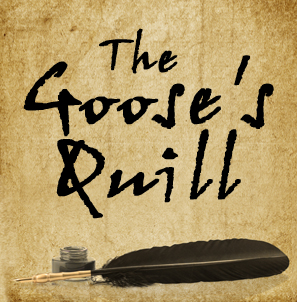Those following this blog know that I got my final edits back from my publisher right before Thanksgiving. Those in my Facebook network know I returned those final edits on Sunday—yay! After rejoicing in getting that finished, I wondered: what next?
The immediate “what next” is getting “blurbs”—asking fellow authors in your genre if they would consent to read your book and, if they are inclined, to give a quote for the book. As a massive introvert and a person who hates to ask for help, this is actually quite hard for me. So I sent some emails asking if people would consider reading my book and am now waiting for the responses while quietly sweating and shaking.
Other things that will be happening are finalizing the title and cover art (I am looking forward to that!), final edits (on their end), formatting, setting up a marketing plan, and producing promo materials. Much of this, thankfully, will be handled by the wonderful team at Evil Jester Press, although obviously I will have a finger in the title and marketing.
So what am I to do for the next few months while all this is going on behind the scenes? Aside from freaking out, I need to think about things such as the dedication and acknowledgements for the book, creating support materials for the book such as book club questions and a teacher’s guide, finalizing my new website, continuing to network within my genre, and honing my social media strategy.
And I need to keep writing on my other projects.
And take care of my preschool daughter.
And sleep. Maybe. We’ll see.
So much to do, so little time!
Oh, and Christmas. I forgot Christmas.
Welcome to the life of a published writer. (I still get giddy when I say that!)
I’ll keep you posted as things progress!

